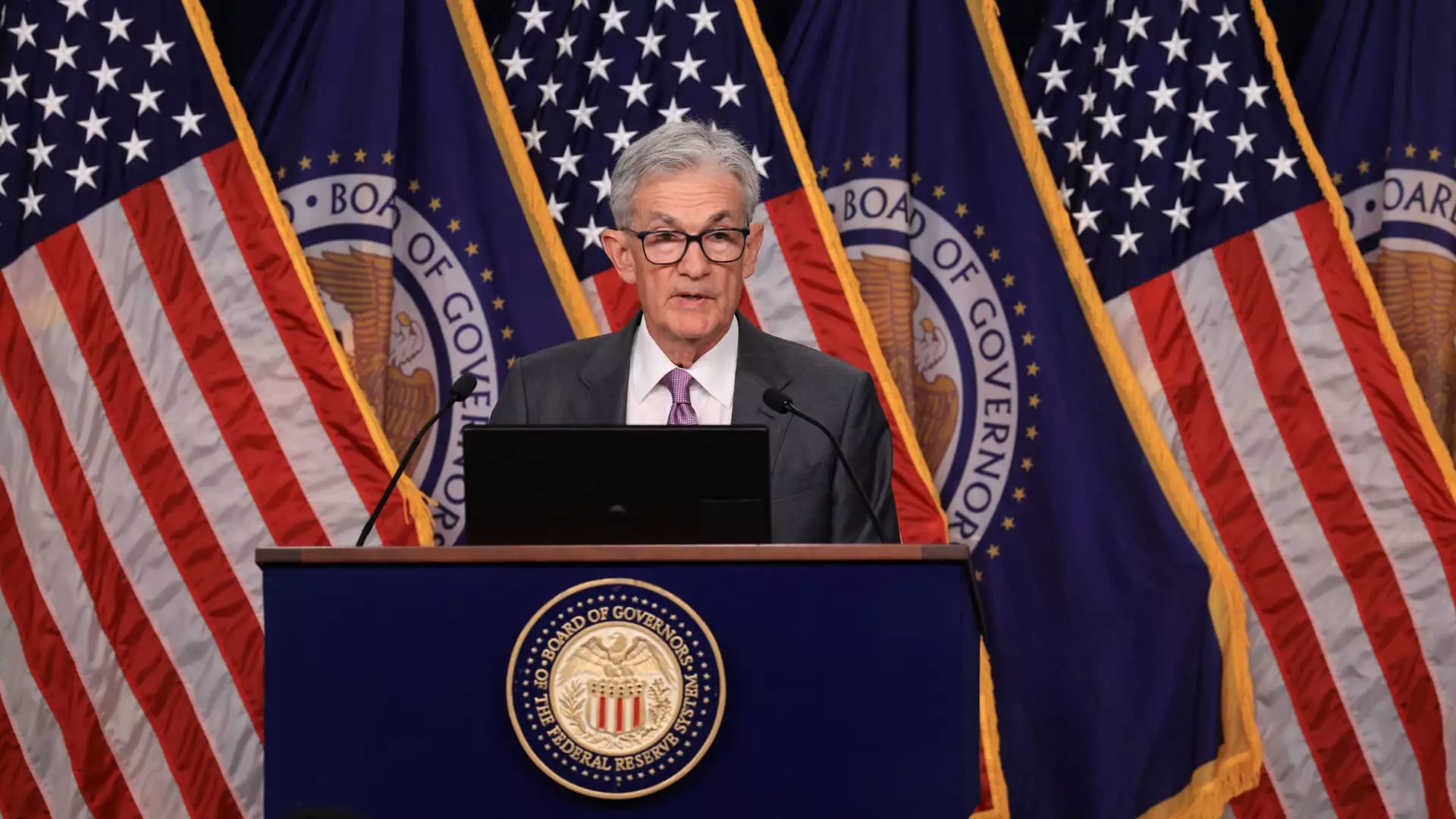The Federal Reserve has signaled a potential shift in monetary policy with projections indicating a decrease in interest rates by half a percentage point before the conclusion of 2024. This development is pivotal for both financial markets and consumers, as it sets the stage for borrowing costs and economic growth. With only two policy meetings remaining this year—scheduled for November 6-7 and December 17-18—the Fed holds significant decision-making power that could reverberate through various sectors of the economy.
The Federal Open Market Committee (FOMC) has released its so-called “dot plot,” which reflects the viewpoints of its members regarding future interest rates. The current projection sees the benchmark federal funds rate stabilizing at 4.4% by year-end, translating to a range between 4.25% and 4.5%. Such benchmarks not only guide investor expectations but also serve as a barometer for overall economic sentiment.
Looking further into the future, the central bank anticipates a decline in interest rates, dropping to 3.4% by 2025 and further reducing to 2.9% by 2026. This expectation of consistent rate reductions speaks volumes about the Fed’s outlook on economic performance. Fed Chairman Jerome Powell emphasized that the committee does not feel rushed to implement these changes. He articulated that this process evolves gradually, highlighting a strategic rather than reactive approach to monetary policy.
The recently approved rate cut to a range of 4.75% to 5% marks the first decrease since the early stages of the COVID-19 pandemic, a critical milestone that encapsulates the Fed’s ongoing efforts to manage inflation and stimulate growth. The decision aligns with the committee’s assertion that inflation is gradually being reined in towards their target of 2%.
The Fed’s ability to balance inflation control with employment stability is a delicate one. In its latest assessment, the committee has adjusted its unemployment rate projection upwards to 4.4%, a slight increase compared to the earlier forecast of 4%. Conversely, inflation expectations have seen a downward revision from 2.6% to 2.3%, suggesting a more optimistic outlook on the effectiveness of current economic policies. As these figures are reassessed, the Fed aims to maintain equilibrium in achieving its dual mandate of fostering maximum employment while keeping inflation in check.
While core inflation projections have also been reduced to 2.6%, the adjustments reflect a cautious yet measured optimism trending within the economic landscape. The focus on sustainable inflation levels represents a commitment to long-term economic health, and the Fed’s adaptive strategy signals its willingness to refine policies as necessary.
The Federal Reserve’s recent projections for interest rate adjustments are a blend of optimism and caution. As the central bank navigates the complexities of post-pandemic economic recovery, its decisions will play an influential role in shaping the future financial environment. Stakeholders across all sectors should keep a close eye on the outcomes of the upcoming FOMC meetings, as these discussions will undoubtedly influence investment strategies, borrowing costs, and broader economic recovery efforts.

